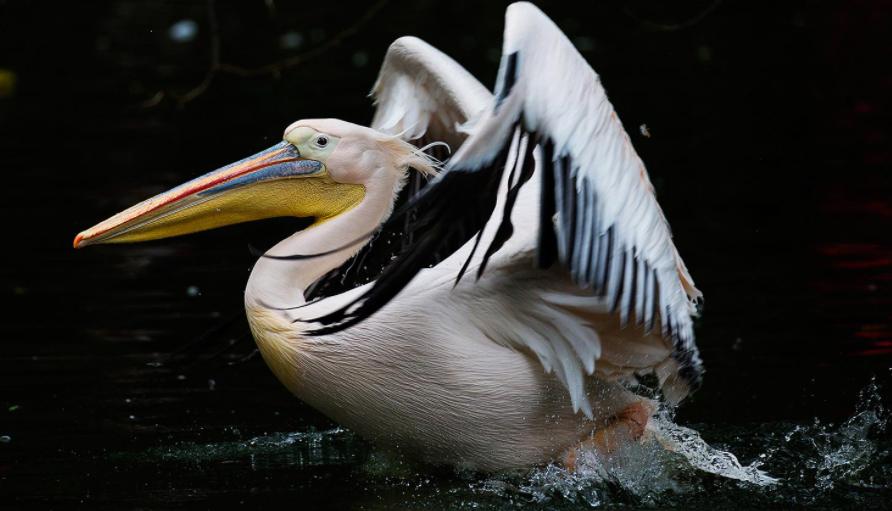On September 27, 1987, U.S. Air Force pilot Lawrence M. Captain H. Haskell was training on his flight when suddenly a white light flashed in front of the nose, followed by a loud "boom" sound.
Lawrence P. H. Haskell piloted a $350 million strategic bomber B-1B nicknamed the Lancers. With a loud bang, the fuselage of the aircraft shook.
"Bird strike!" Haskell thought of this for the first time, and he was right, a ten-pound gannet hit the body above the No. 3 engine.
At that time, the plane was flying at a speed of 1,000 kilometers per hour, the bird was no less impact than a shell, the aircraft's fairing package was hit, the internal wires and tubing were broken, and a large amount of fuel was immediately spewed out, and the fire immediately ignited when it was cremated.
The fire damaged the hydraulic system, alarms rang out, and the plane began to go out of control.
At this time, the flight instructor, Major James Din Aklin, who was sitting in the right passenger seat, immediately took over haskell's pilot, and he did everything in his power to correct the tilted aircraft.
However, the sirens of the planes continued to rise and fall, and the temperature of the No. 3 engine fire increased, and Aklin ordered the No. 3 engine to be shut down and the fire extinguishing device was activated.
But then the second engine also stopped spinning, the nearly 100-ton aircraft began to descend, and in order to save the plane, the pilot turned on the engine afterburner.
But as soon as the engine was turned on, the plane shook violently and began to tilt to the right, while descending sharply and rushing to the ground.
Pilot Haskell and instructor Aklin, no matter how hard they tried, were exhausted, and at the last moment, Aklin gave the order to parachute.
Captain Haskell and the attack systems officer on board, Major Price, and the defense systems officer, Captain Butler, successfully parachuted out of danger, while the flight instructor Major Aklin and the electronic equipment instructor, Major Locke, and the cadet Lieutenant Bean failed to jump out of the plane and crashed into the ground with the plane.
There have been many accidents in which birds hit planes, but this accident was the biggest "record" for birds, a small gannet, shooting down an advanced strategic bomber worth $350 million in the United States, causing huge losses to the US Air Force.
